Andrew Young Crossing
Bronze footprints mark the path where a civil rights leader tried to march in peaceful protest before being knocked unconscious.
In a city with as much colonial history as St. Augustine, Florida, it’s easy to forget that some of its most important historical moments happened long after the Spanish occupation, such as the events of one hot summer night in 1964.
That evening, a civil rights activist named Andrew Young, who would go on to become America’s first African-American U.N. Ambassador and the mayor of Atlanta, was leading a march through St. Augustine when his progress and consciousness were temporarily and violently interrupted by an angry mob.
Young had been sent to St. Augustine at the request of Dr. Martin Luther King, Jr. to help quell riots while the Civil Rights Act was being debated in Congress. Young’s peaceful protest march from Lincolnville to the Plaza de la Constitución was terminated when he was beaten by a large white mob that had been waiting for the marchers.
Remaining true to the strategy of non-violence, the activists did not engage their attackers and walked away, which is seen by many historians as one of the pivotal events that led to the passage of Civil Rights Bill that was signed into law by President Lyndon Johnson on July 2, 1964.
The spot where Young’s progress was halted has been memorialized with several bronze footsteps across four panels of coquina sidewalk. Each panel features a different civil rights goal and quotes from King, Young, and President Johnson.
Since his march, Young has returned many times to St. Augustine, including as a commencement speaker at Flagler College and, in 2011, to be honored at the very spot where once he was attacked.
Know Before You Go
The monument is located in the Plaza de la Constitución near the corner of King Street and St. George Street.
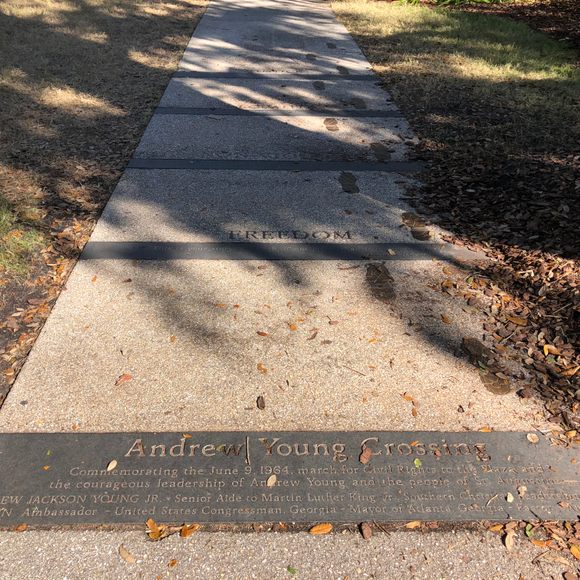

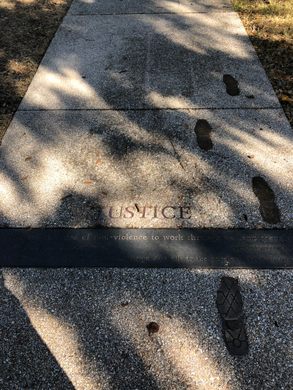
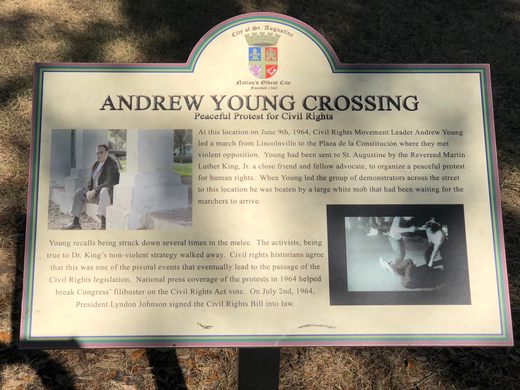






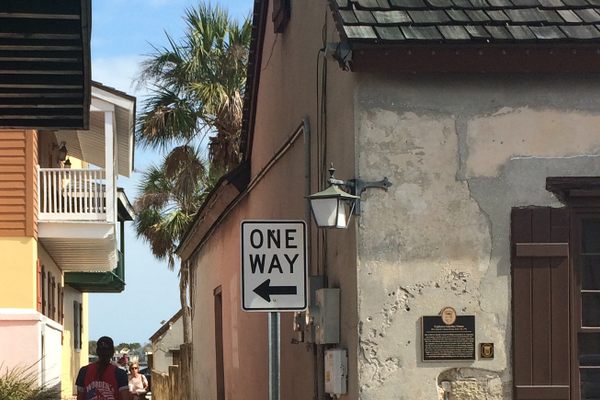

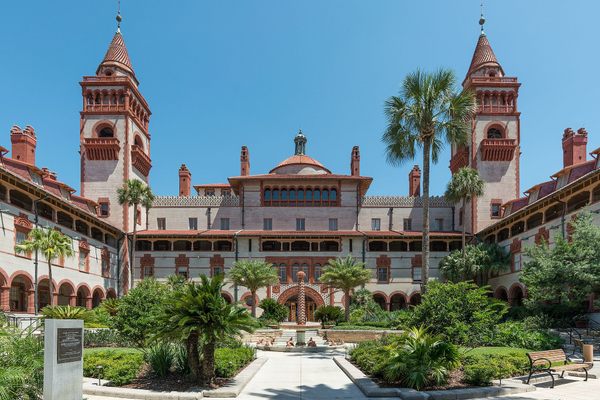

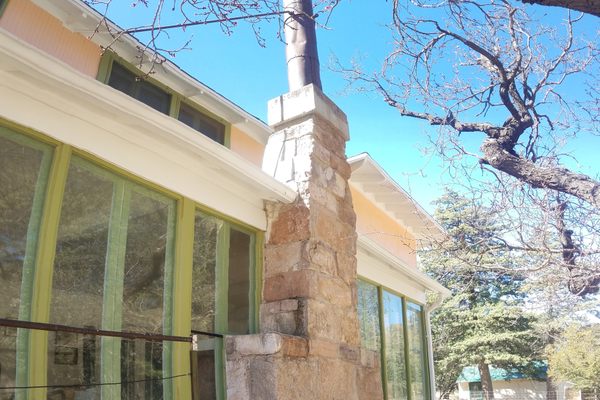
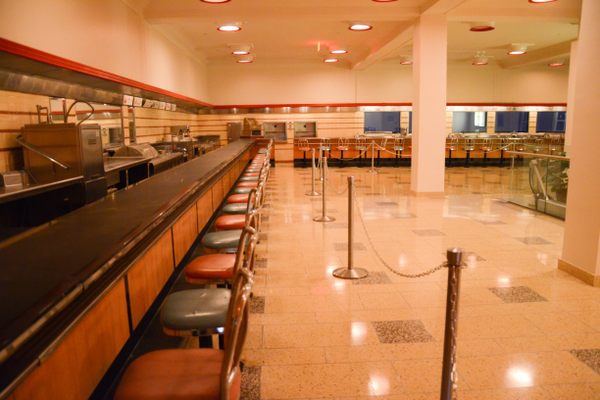



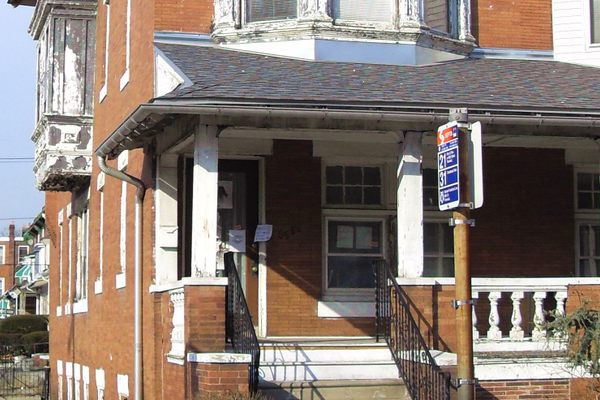
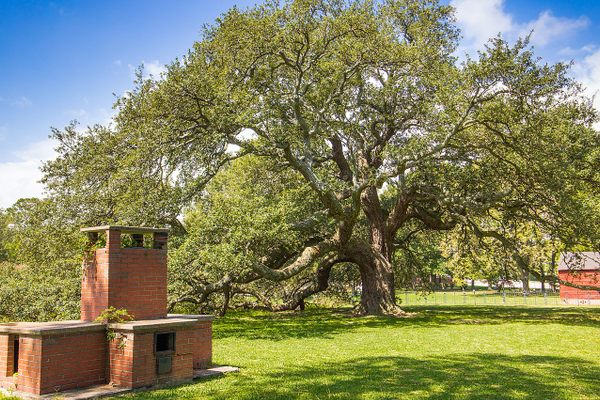

Follow us on Twitter to get the latest on the world's hidden wonders.
Like us on Facebook to get the latest on the world's hidden wonders.
Follow us on Twitter Like us on Facebook